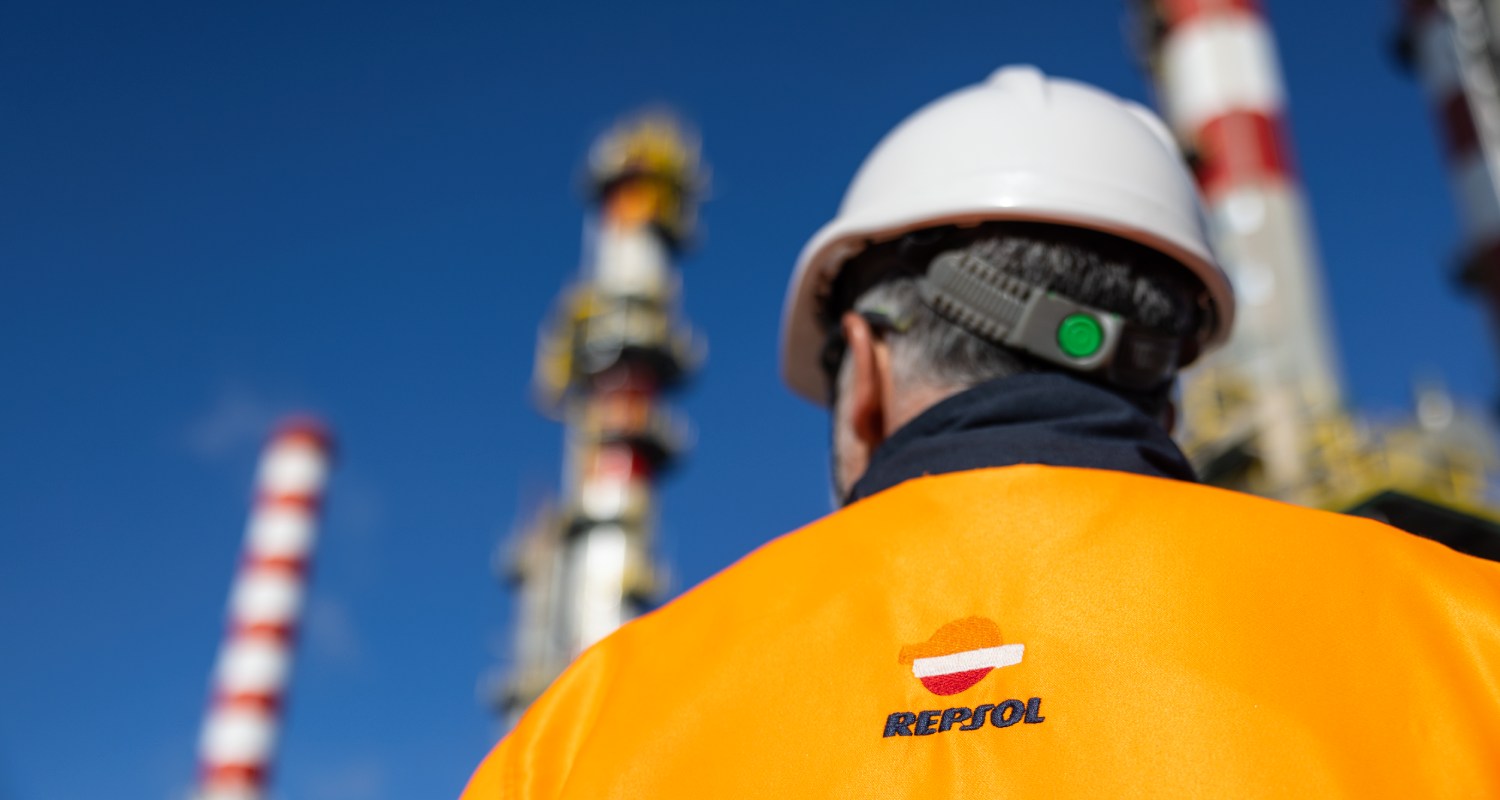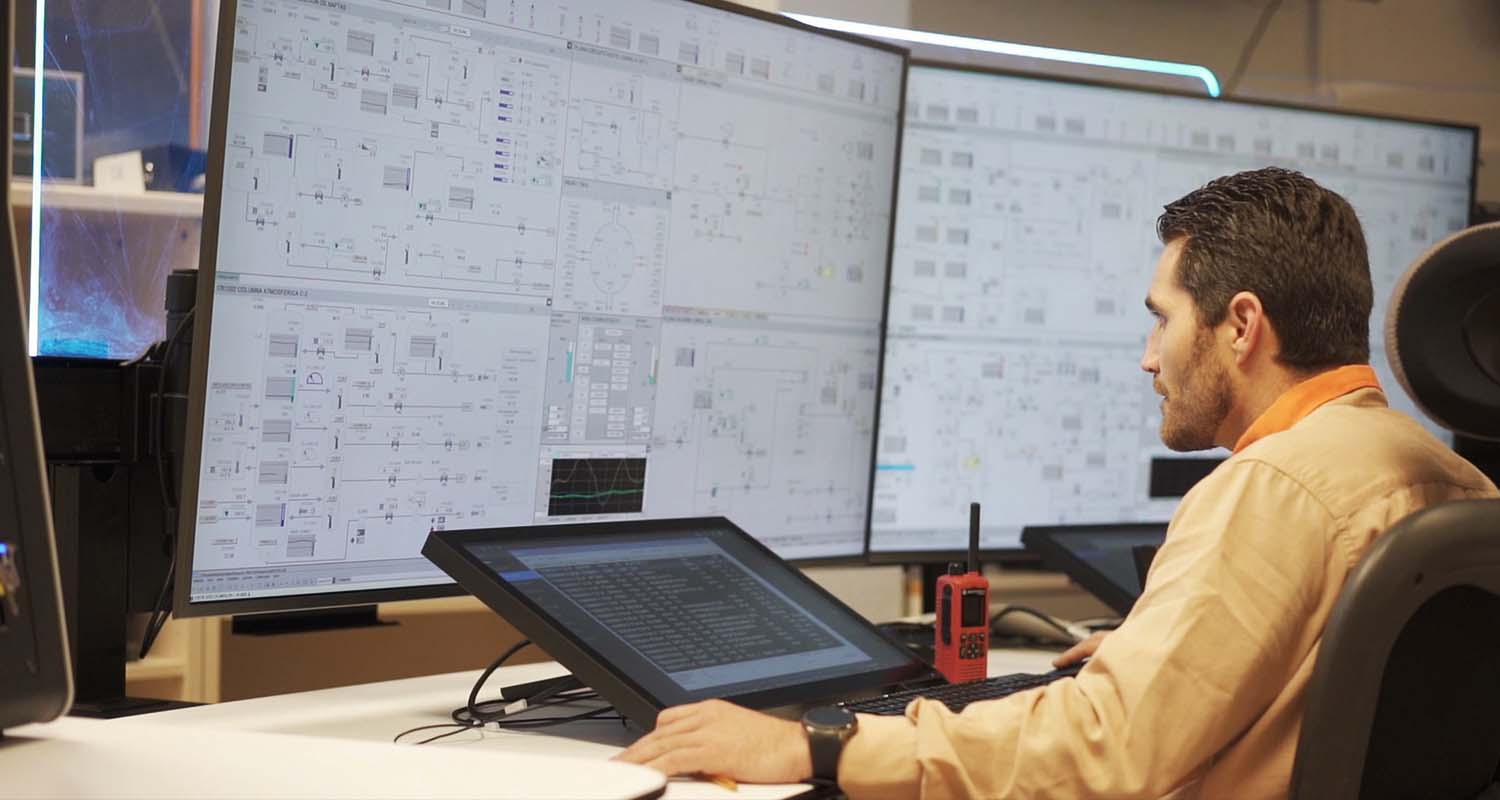Assessment methodology
Assessment methodology
Our assessment methodology analyzes the degree of maturity of the safety culture in the different facilities or business units. With the results obtained during these evaluations, we develop improvement plans. This assessment is developed in four stages.
Perception questionnaires
Perception questionnaires
Focus groups and interviews
Focus groups and interviews
Documentary analysis
Documentary analysis
On-site accompaniment
On-site accompaniment











